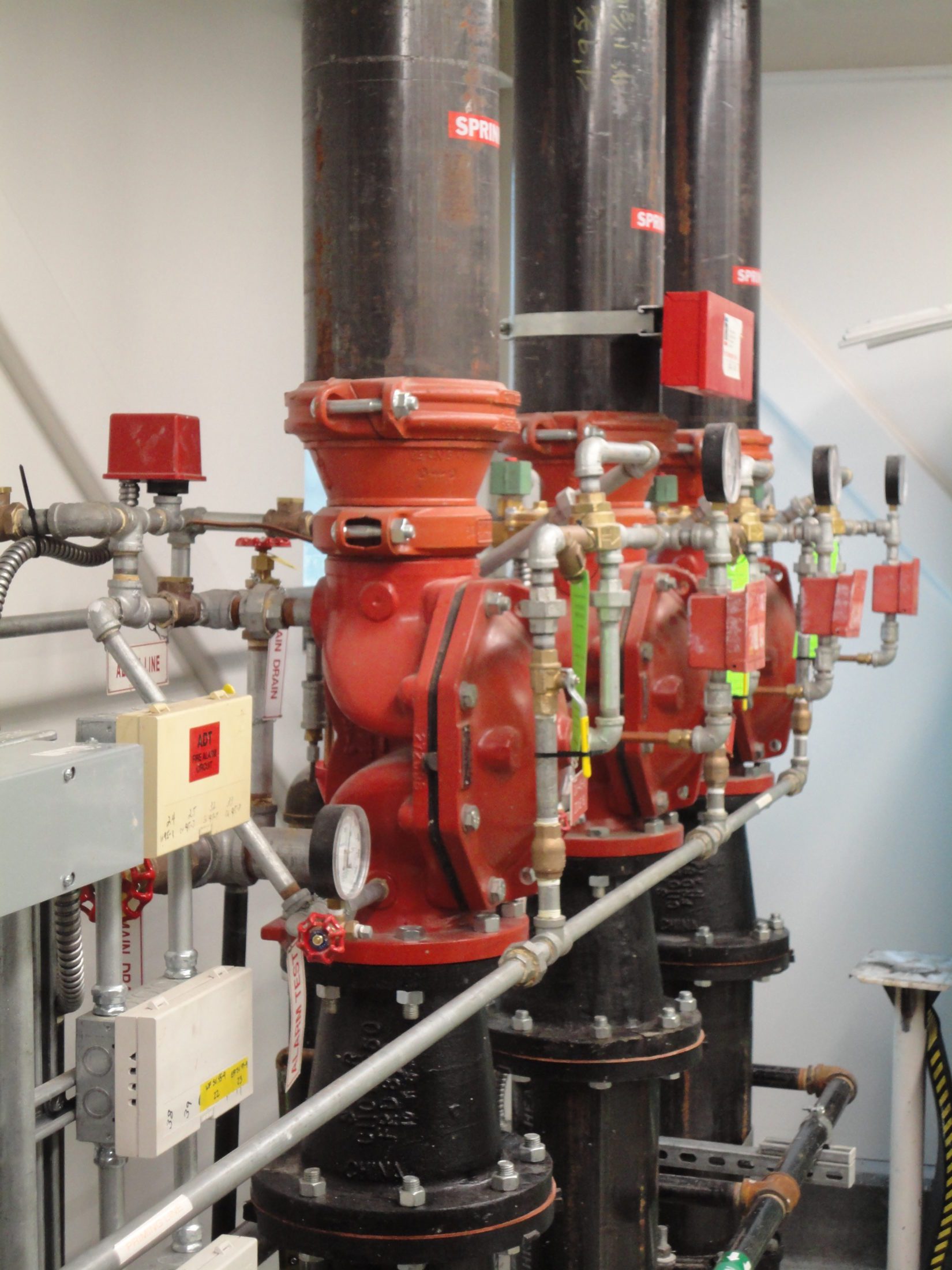Fire Protection Engineers: What they are and why you should care
A short adventure into the world of Fire Codes.
Fire Protection Engineers (FPEs) have a broad range of backgrounds, from building design and construction, to civil service and the insurance industry. The base knowledge for testing and practice consists of four broad legs:
- Fire protection analysis and management—This area includes hazard and risks analyses. In layman’s terms, hazards are physical things, like those oily rags lying in a pile in the basement. Risks are what might happen because of the hazards, that the rags might start a fire. What FPEs think about is “How bad would a fire be in this location and what is the likelihood of it happening?” and, “How do we manage the risk through protocol and inspection?” (Step One: get rid of those oily rags!)
- Fire Dynamics—This section includes the chemistry of combustion, fire growth and behavior, materials, air/fire interactions, and heat transfer. (Sounds like a new CSI show, Special Fire Unit, doesn’t it?)
- Active and Passive systems—Those of us in the building industry will recognize active systems like fire sprinkler, smoke control, and fire alarm systems and passive systems like fire and smoke barriers and fire resistive structural construction. For FPEs, it also includes extinguishing systems like clean agent and CO2 systems, special situations for fire control like warehouses and high hazard occupancies, and explosion protection and prevention. (Wow! That’s a lot of danger.)
- Egress and Human Behavior—Egress refers to the number of people that can exit a building in a specific time based on empirical measurements for both able-bodied people and those with a variety of disabilities. Human behavior includes things like the psychology of occupants in a fire as both individuals and groups, the toxicology of smoke and fire. (Just how many panicked humans will fit through that door at once, anyway?)
FPEs need competency in fluid mechanics, physics, chemistry, psychology, materials science, and empirical measurements of performance all into a single focus on reducing the risk of fire and minimizing the effects on life and property when a fire occurs. No wonder their numbers are limited!
Now the harder question, what do folks with an FPE do?
Given all they know about fires, hazards, and explosions, they probably worry. A lot.
But more specifically, what is Ben Roush, FSi’s FPE, going to do for you? He designs fire sprinkler, fire alarm, and clean agent systems for both standard installations highly complex industrial projects like aircraft paint hangars, where volatile chemicals are involved. Ben and our engineering teams combine our extensive computational fluid dynamics (CFD) airflow experience with smoke control and management principles to tackle complex smoke control situations. We also assist our architectural partners with passive fire protection and egress analysis in complex situations.
If you find yourself in need of an FPE, give us a call and introduce yourself.
